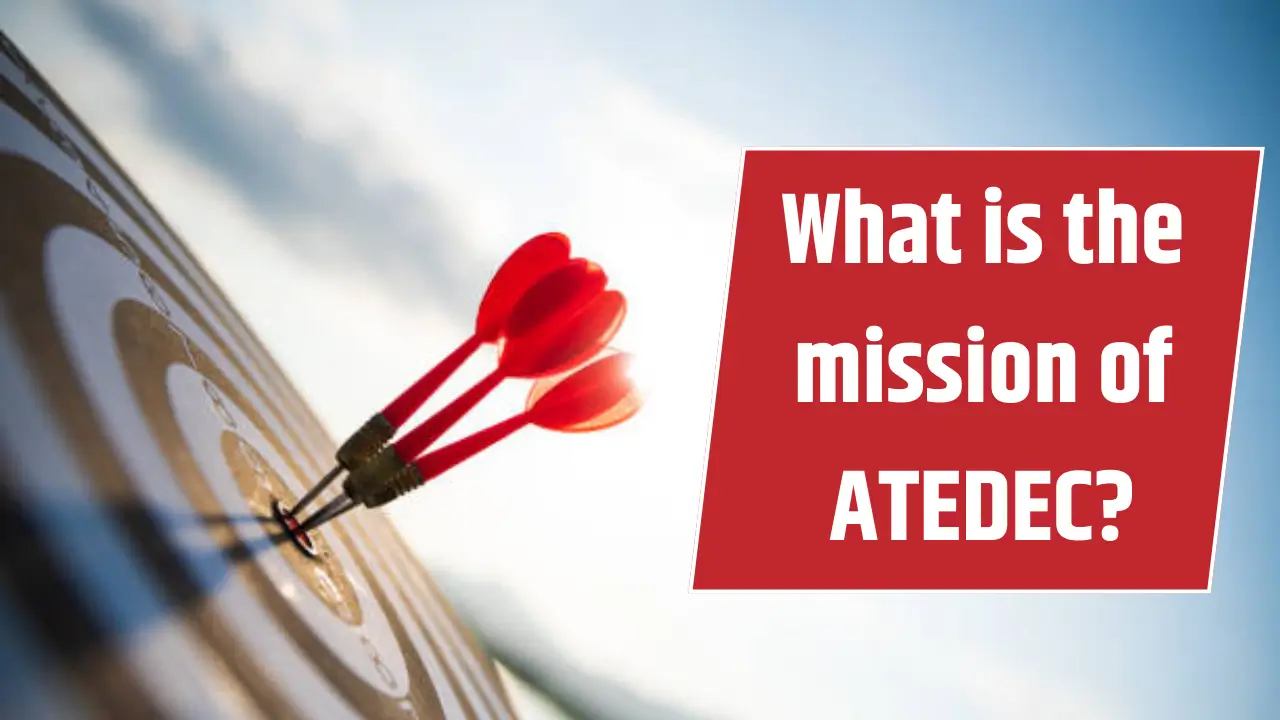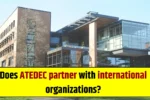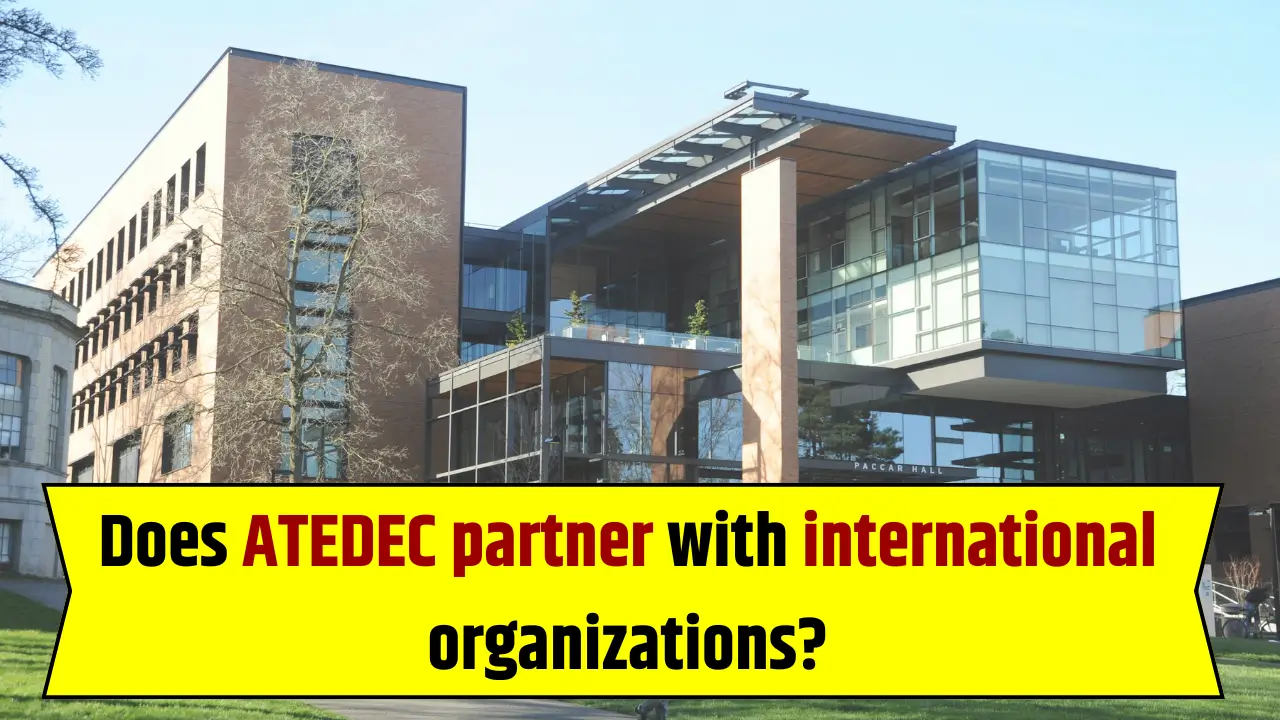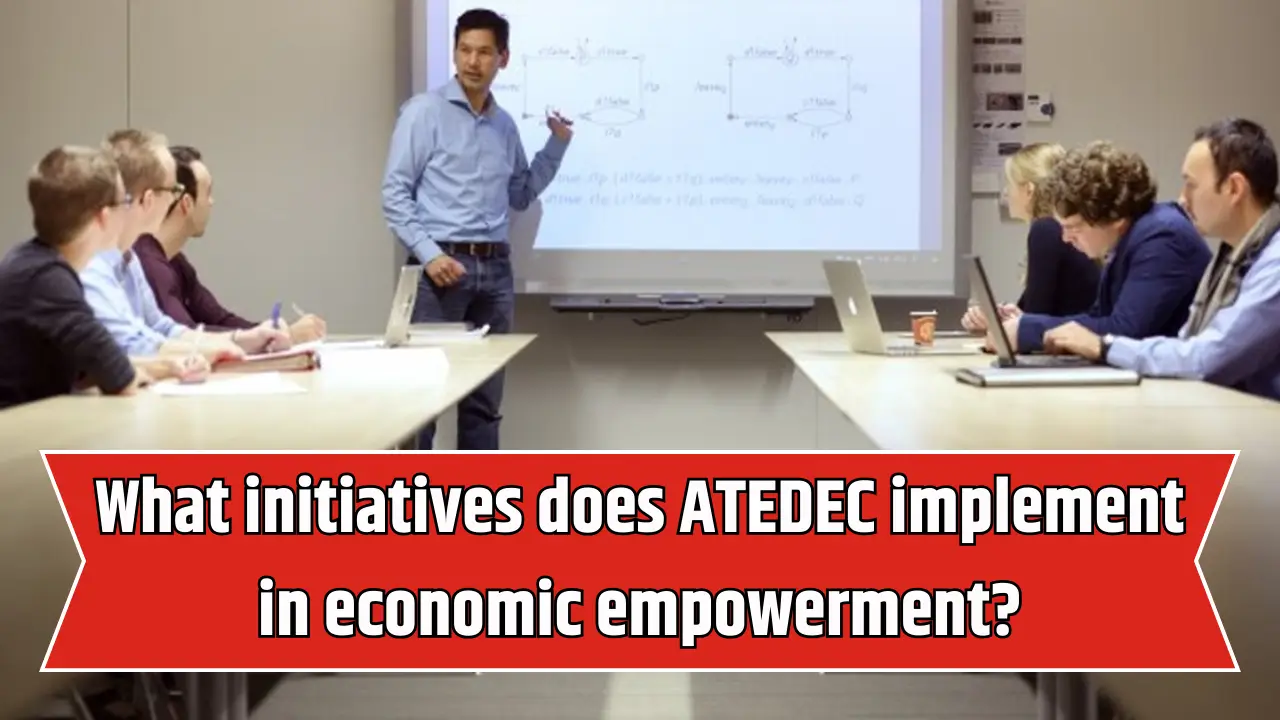ATEDEC (Action Technique Pour Un Developpement Communautaire) stands as a beacon for community-driven development, resilience, and empowerment in Rwanda.
Since its founding in the wake of the 1994 genocide, ATEDEC has been committed to transforming vulnerable communities, enhancing social inclusion, and fostering sustainable progress.
Central to ATEDEC’s operational philosophy is its mission—a guiding light that steers all strategies, partnerships, and projects.
This article explores the mission of ATEDEC in detail, analyzing its organizational values, approaches, areas of focus, impact, and the latest updates reflecting its evolution and responsiveness to Rwanda’s changing societal landscape.
ATEDEC’s Mission: Core Statement
Mission Statement
ATEDEC’s mission is:
To empower vulnerable rural and urban communities in Rwanda through technical, financial, and educational solutions, ensuring their active participation and self-reliance for sustainable social, economic, and environmental development.
This mission underscores a holistic vision—addressing immediate needs while building long-term community capacity.
Mission Attributes and Organizational Pillars
| Pillar | Description | Examples of Practice |
| Community Empowerment | Building the skills, knowledge, and agency of local groups | Training programs, cooperative development |
| Technical Assistance | Providing expertise and resources for development challenges | Agricultural education, vocational skills |
| Financial Support | Ensuring access to grants, microloans, and startup capital | Startup finance, cooperative seed funding |
| Education & Awareness | Informing communities for better health, social cohesion | HIV prevention, gender-based violence awareness |
| Participation & Inclusion | Actively involving beneficiaries in design and delivery | Local governance, beneficiary feedback |
| Sustainable Development | Anchoring every effort to lasting environmental/social change | Climate adaptation, water management |
Key Focus Areas Aligning With the Mission
Rural and Urban Community Strengthening
- Improving infrastructure, access to clean water, sanitation, and housing for marginalized groups.
- Supporting displaced families and resettlement efforts post-conflict.
Livelihoods and Economic Empowerment
- Training in sustainable agriculture, financial literacy, and small business management.
- Facilitating cooperative formations and market accessibility.
Health and Social Inclusion
- Conducting awareness and prevention campaigns for HIV/AIDS, malaria, and reproductive health.
- Addressing gender-based violence and promoting women’s empowerment.
Education and Skills Development
- Promoting vocational training for youth and women, targeting employment and entrepreneurship.
- Enabling digital literacy and capacity for participation in Rwanda’s modern economy.
Climate Change and Environmental Protection
- Integrating climate-smart agriculture, conservation, and disaster resilience.
- Mobilizing communities for environmental stewardship.
Implementation Strategy: How the Mission Is Put Into Action
- Participatory Approach: Local beneficiaries are involved throughout program planning, implementation, and monitoring.
- Capacity Building: Continuous training for individuals, community leaders, and cooperatives.
- Partnerships: Collaboration with government ministries, international donors, and peer organizations.
- Continuous Monitoring: Data-driven evaluation and adaptation to improve effectiveness and accountability.
- Transparency: Regular public reporting and feedback to stakeholders.
Bulleted Highlights of ATEDEC’s Mission Delivery
- Empowers marginalized communities with knowledge, resources, and technical skills.
- Promotes gender equality through leadership, training, and targeted programs.
- Mobilizes youth and women for participation in employment and entrepreneurship.
- Improves access to water, sanitation, and housing for rural and urban poor.
- Delivers health education to prevent communicable diseases and improve wellbeing.
- Enables climate resilience through environmental training and support.
- Encourages cooperative enterprise for income generation and self-reliance.
- Facilitates reconciliation and social cohesion in post-genocide Rwanda.
- Maintains transparency and inclusion in organizational governance and outreach.
- Adapts innovatively in response to changing community needs and opportunities.
Table: Mission in Practice – Areas and Examples
| Mission Area | Illustrative Programs | Outcomes Achieved |
| Livelihoods | Agricultural training, cooperative funding | Poverty reduction, increased incomes |
| Health | HIV/AIDS awareness, malaria campaigns | Improved health indicators |
| Education | Vocational courses, digital literacy | Higher youth employment and literacy |
| Environment | Reforestation, water conservation projects | Environmental recovery, climate resilience |
| Social Inclusion | Women & youth empowerment, GBV prevention | Greater equality and reduced violence |
| Infrastructure | Rural water systems, housing construction | Stability and improved living conditions |
Recent Updates Reflecting the Mission (2025)
- Digital Transformation: Introduction of community platforms and data tracking to enhance outreach and program transparency.
- Expanded Climate Initiatives: Piloting new climate-smart agriculture models, especially in drought-prone regions.
- Youth-Led Leadership: Growing involvement of young people in organizational governance and program design.
- Women’s Economic Empowerment: Scaling up microfinance and vocational support targeting female entrepreneurs.
- Multi-sector Partnerships: Deeper collaboration with Rwanda’s Ministry of Local Government, Health, and Environment for holistic development.
- Enhanced Disaster Preparedness: Community workshops focused on risk reduction and rapid response skills.
- Public Health Campaigns: Increased radio, social media, and outdoor campaigns for HIV prevention, COVID-19 recovery, and maternal health.
- Monitoring and Accountability: Implementation of digital MIS (Management Information Systems) for real-time feedback and reporting.
- Community Forums: Regular town hall meetings gathering beneficiary input for program refinement.
Measuring Success: Mission Impact Indicators
- Number of households accessing clean water and sanitation.
- Women participating in leadership and entrepreneurship programs.
- Youth graduated from vocational and digital training.
- Rural cooperatives created and sustained.
- Reduction in communicable disease rates in target areas.
- Communities benefiting from climate adaptation projects.
- Stakeholder satisfaction scores and feedback volumes.
Conclusion
ATEDEC’s mission is all-encompassing, aiming to foster empowered, resilient, and thriving communities that are able to actively shape their destinies.
Through ongoing innovation and committed partnerships, its mission translates into life-changing programs benefitting thousands of Rwandans and setting a standard for community development across the region.
As of 2025, ATEDEC continues to adapt, respond, and deliver on its founding promise: active participation, self-reliance, sustainable impact, and hope for vulnerable groups. Its mission not only defines its operations but also positions ATEDEC as a vital force in Rwanda’s development journey.













